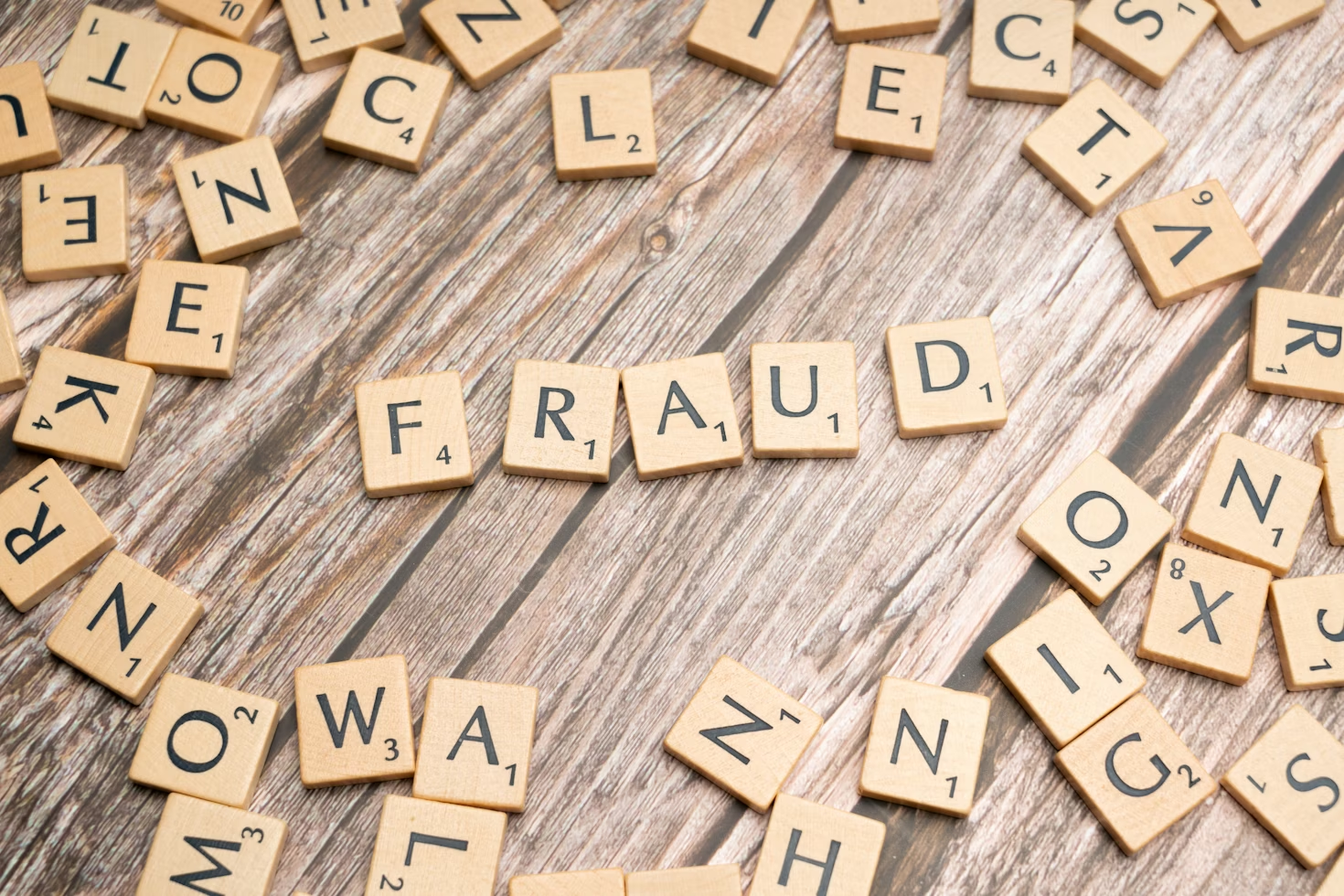
Biggest Fraud Cases in 2025, And What to Learn From Them
Every day, a new high-profile fraud case makes the headlines, and when you look closely, the pattern is always somewhat obvious. Many of the thefts and data breach cases we’ve seen in 2025 follow familiar trends.
What seems like another headline, say a $400 million ATM fraud news today, could easily be you or your organization filing reports and facing losses tomorrow. Fraud cases aren’t just random market events; sometimes, they reveal some of the recurring blind spots that most organizations and individuals have failed to fix.
In this piece, we’ll dissect the 2025’s biggest fraud events, while detailing what to learn on fraud prevention and how to avoid being the next victim.
Pennsylvania Man in $400 Million ATM Fraud
With investments, a common oversight is confusing familiarity with safety. But it’s never really that simple, most fraud cases tend to mimic legitimate investment opportunities.
Take for example, the $400 million Pennsylvania ATM fraud case by Daryl Heller, local businessman in Lititz. Authorities confirmed that Heller falsely promised investors in his Prestige and WF Velocity funds a 25% return. These returns were based on revenue generated by ATMs he purchased under his company, Paramount Management Group.
As the DoJ and SEC’s investigations revealed, many of the said ATMs never existed, and the few that did were broken or gathering dust in an abandoned warehouse. Over time, Heller collected approximately $770 million from around 2,700 investors, many of whom trusted him because he was a local entrepreneur with a history of legitimate ventures. On September 3, 2025, the DoJ charged Heller with one count of securities fraud and four counts of wire fraud.
Lessons
- Don’t confuse familiarity with safety. Fraudsters sometimes rely on reputation, so treat every investment with the same level of scrutiny, and prioritize transaction monitoring
- If returns sound too good to be true, they usually are
- Verify before you trust: always request independent audits, verifiable asset ownership, and relevant financial statements before investing
Inside Singapore’s $499k Deepfake Video Scam
Artificial Intelligence has earned plenty of applause in 2025, and rightly so. From automation to analytics, its impact has been nothing short of transformative. However, what is often overlooked is the damage this same technology can deal when used maliciously, especially in cybersecurity. This insider deepfake video scam is a clear representation of such scenarios.
In March 2025, a finance director at a multinational firm in Singapore got a message requesting an urgent fund transfer to facilitate a confidential acquisition. To build credibility, the fraudster set a Zoom call, featuring several senior executives from the firm, all appearing and sounding authentic on the call. It was only after the $499,000 payment had been released that the company realized the entire call had been fabricated using deepfake technology. These meeting participants were, in fact, deepfake video and voice clones, and none of them were actually on the call.
Lessons
- Train leaders and finance teams to treat unexpected or urgent audio/video meeting requests that might need financial authorizations as high risk
- Implement deep fake detection tools for incoming media and suspicious meeting participants.
- Having multi-factor and multi-channel confirmation systems for high-value executive approvals can be a great fraud mitigation approach.
$14.6 Billion Health Care Fraud Sweep
The U.S healthcare system has been a target of fraudulent activities for a long time, and sadly, we’re seeing more of these events in 2025. For Fiscal Year 2024, the DOJ reported $2.9 billion in recoveries under the False Claims Act, of which about $1.7 billion related specifically to the healthcare industry.
In June 2025, the body also announced that hundreds of individuals and entities across multiple healthcare sectors have been charged in schemes totalling approximately $14.6 billion. These schemes span billing for unnecessary medical services, false claims for durable medical equipment, and sham laboratories, all designed to exploit the system.
Lessons
To ensure fraud prevention, healthcare systems need continuous monitoring, internal whistleblower protections and active ethics programs that empower staff to speak up early, before billing abuse becomes systemic.
Europol Unmasks $540 Million Crypto Fraud Network
The vulnerability in the crypto market still exists. In June 2025, Europol revealed the takedown of a crypto investment fraud ring that laundered $549 million from more than 5,000 victims across the world. This scheme was executed through crypto-investment platforms, romance or “confidence” baiting (also known as pig-butchering). The fraudsters also used fake trading dashboards, and complex laundering schemes involving layering, fake identities, and offshore corporate structures.
Behind the scenes, they established a corporate and banking shell network based in Hong Kong and routed funds via multiple payment gateways, crypto exchanges and accounts.
Lessons
- Demand transparency of business models: if a crypto “investment opportunity” promises large guaranteed returns, and lacks clear audit or regulatory oversight, treat it as high risk
- Be wary of social environment investments: Romance baiting or friendship built online to lead into an investment pitch is a classic sign of large-scale crypto scams
- Track the money flow: True business operations have verifiable financial flows and enable transaction monitoring; if funds or value disappear through shell accounts or unregulated exchanges, it’s likely fraud.
Key Takeaways Across All Cases
Many of this year’s biggest frauds exploited misplaced trust in people, systems, and reputations. Investors trusted business leaders, banks trusted employees who no longer worked with them, and patients also trusted billing systems that were easily manipulated. When it comes to investments, it’s important to know that trust without a solid form of verification is risk, regardless of what sector or industry it is.
Fraudsters are also getting relatively smarter, especially in using technologies like artificial intelligence and weaponizing victims’ emotions. The organizations that will survive the next wave are those that learn to recognize these patterns early enough and act on them.
One way to do this is by taking your next fraud prevention steps with Rippleshot. Rippleshot is trusted by more than 1,900 financial institutions to deliver AI driven fraud mitigation approaches and help stop these attacks even before they strike. Get in touch with our team to get started today.
Let's Talk
You have fraud frustrations? We have the solutions. Let's discuss what you are dealing with and we can learn more and share how we can help.




